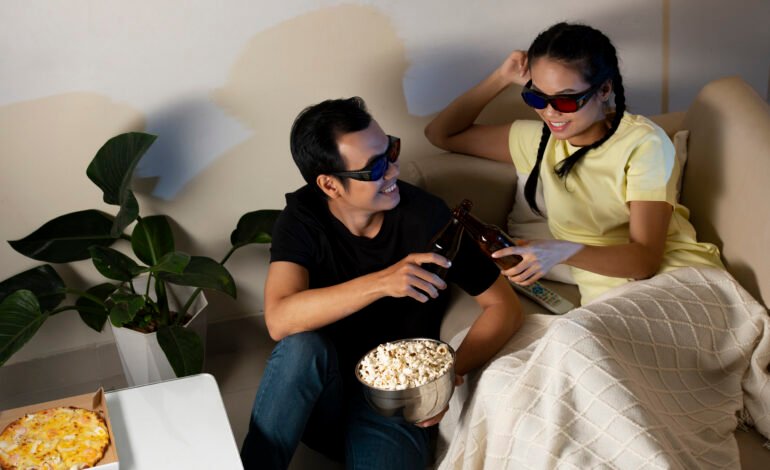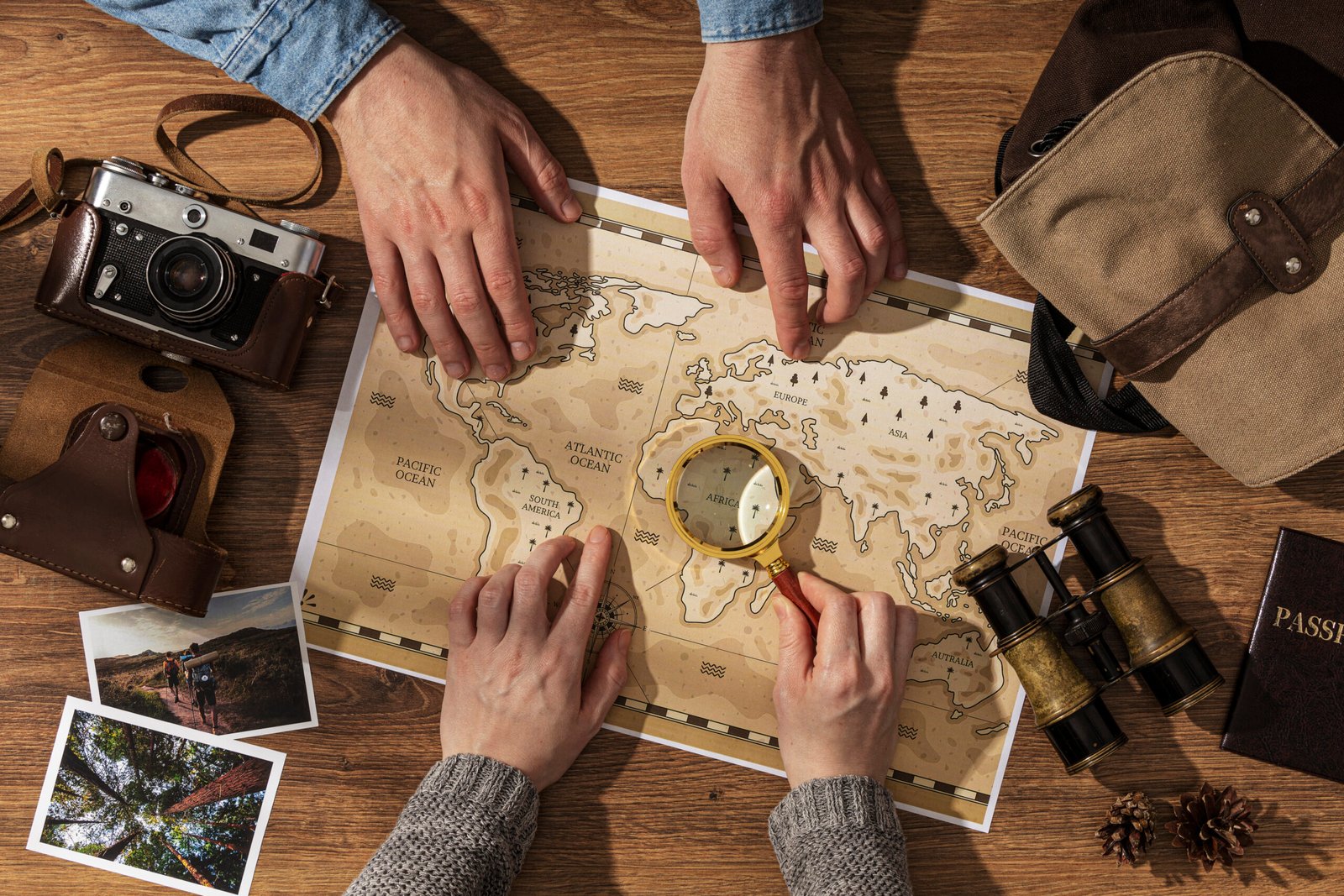How Movies Inspire Our Lifestyle Choices

In 1995, BMW paid $3 million to the James Bond franchise to switch from an Aston Martin to a BMW Z3 in “GoldenEye” (1995). That one move made BMW $240 million that year.
Movies influencing through Product placement go way back, and there are tons of examples. Take Audi in “Iron Man” (2008) and Mini Cooper in “Italian Job” (2003).
That’s not all; in the year “Hunger Games” (2012) and Disney’s “Brave” (2012), female archery went up by 105%. The movies you watch affect a lot more than just hobbies. They affect your career choices, emotions, sense of identity, and lifestyle choices.
How Movies Inspire Fashion and Trends
Movies have a deep relationship with the fashion industry. The clothes, perfumes, and shoes on the screen reflect the social and cultural environments.
This sets fashion trends. Even Ralph Lauren was inspired by films like “The Great Gatsby” (2013) and “Annie Hall” (1977). How can we forget the fashion icon Meryl Streep in “The Devil Wears Prada” (2006).

So far, movies have inspired their own industry and earned the title of trendsetter movies. For example, “The Matrix” (1999) completely transformed the way filmmakers created movies. The film was advanced by years due to The Wachowski sisters. The Wachowski sisters created Bullet Time, and many films have re-created the effect since then.
People have parodied it endlessly, and even more than 20 years later, filmmakers reshot it in “Space Jam: New Legacy” (2021).
What Effect Films Have on Food and Travel
Movies have helped shape the perception of taste, cuisine, dining experiences, and the environment. “Ratatouille” (2007) celebrated French cuisine and Paris. The movie made the dish Ratatouille famous worldwide.
“The Lord of the Rings” series directed wanderers to New Zealand. “The Beach” (2020) drew travelers to Thailand.

A 2013 study shows how exactly it is possible for movies have some sort of biasness the things we eat.
The impact extends beyond specific dishes or locations. Films like “Chef” (2014) have popularized food trucks and emphasized the creative freedom that comes along.
The scene-stealing Cuban sandwiches and vibrant street food sparked a wave of food truck culture and street food.
“Mamma Mia!” (2008) made the picturesque Greek island of Skopelos a dream destination for many. “Under the Tuscan Sun” (2003) fueled fantasies about Tuscany’s rustic charm.
A 2010 study highlighted how visual connections can increase consumer interest.
Impact of Movies on Technology and Gadgets
Movies catalyze technological advancements. it motivates inventors and engineers to push the boundaries of what is possible.
For instance, the communicators of “The Star Trek” series inspired the design of flip phones. Gesture-based computing became popular after Tom Cruise did it in “Minority Report” (2002). Virtual Reality became possible because of the Matrix films and the tablets shown in 2001: “A Space Odyssey.”

The depiction of advanced robotics and artificial intelligence was long ago in films. Movies like “Ex Machina” (2014) and “Blade Runner” (1982) have stimulated AI robotics.
As filmmakers continue to imagine future technology. Movies entertain and ignite the curiosity and innovation that drive technological progress.
Movies Shape Attitudes and Behaviors
Alfred Hitchcock once said about movies.
“Creation is based on an exact science of audience reactions.”
Many years after that shower scene, audience reactions have become an exact science.
It’s popularly called “Neurocinema.” In one study, participants watched 30 minutes of “The Good, The Bad and The Ugly” (1966) while in an fMRI machine. This allowed researchers to record their brain activity.
The researchers compared the pattern of activity in participants’ brains. Surprisingly, they found it was quite similar. During particular scenes of the movie, activity in specific brain areas increases and decreased
at the same time across the participants, and their eyes tracked the same regions of the screen.
The researchers suggested it was an indication those scenes were more engaging. A follow-up study also compared brain activity for “Alfred Hitchcock Presents” (1955) and “Curb Your Enthusiasm” (2000).
Movies can inspire audiences to adopt specific values or pursue particular life paths. Biopics or motivational films like “The Pursuit of Happyness“ (2006) may push viewers to work harder or follow their dreams.
Movies Changing Mindsets
Films tackling racism and mental health challenge viewers’ notions and encourage progressive thinking.
For instance, “To Kill a Mockingbird“ (1962), a movie about lawyer defending a black man, reshaped views on racial injustice. “Philadelphia“ (1993) heightened awareness of AIDS and LGBTQ+ discrimination. “A Beautiful Mind” (2001) prompted perseverance and empathy towards mental health.
As audiences engage with these impactful stories, they tend to rethink progressive change.
All in all
Movies have significant effect over our lifestyle choices. They have some impact, from our fashion and food to our travel destinations and gadgets. Iconic films like “GoldenEye and Iron Man showcase how product placements can drive consumer behavior. And movies like The Hunger Games and Brave demonstrate their ability to spark new interests and hobbies.
Movies are more than just entertainment. They are a strong force that shapes our choices, values, and views. This makes them a powerful way to induce how we live.







1 Comment
[…] and frequent breakups. One notable moment from Erica was her unapologetic declarations on her lifestyle choices – such as always attending strip clubs – which caused much argument between […]